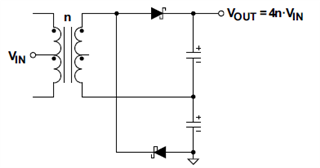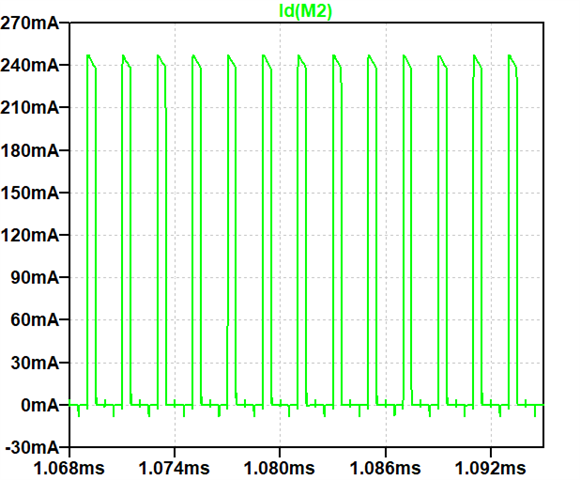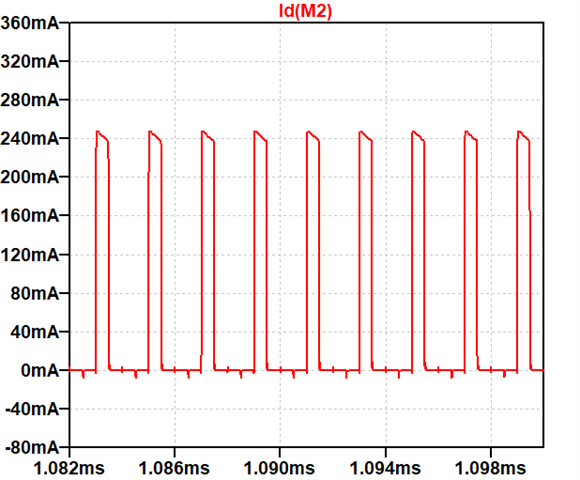Other Parts Discussed in Thread: SN6507
Hello,
I am thinking of using the SN6507-Q1 for a push-pull gate drive converter. I would like to use it in Half-wave bridge rectification :

My question is that in this mode, the output current is already continuous, do we need an inductor for duty control? or is this configuration not even compatible with duty control ?





